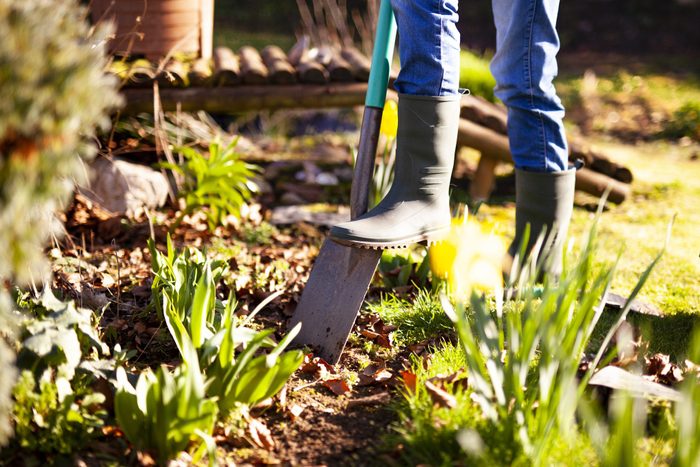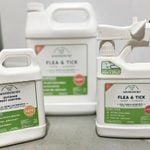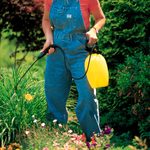How Much Fall Garden Cleanup Is Really Necessary?

We know that overdoing fall garden cleanup can destroy insect habitats, but that doesn't mean you should ignore your gardens in the fall.
When my sister bought her first house, her new neighbors told her that in fall, after raking up leaves, the previous owner would get up on a ladder and pull the last of the leaves off the trees. This way, they wouldn’t fall on her pristine leaf-free lawn.
On the other hand, social media is full of people who claim you should “leave the leaves” and everything else in the garden so insects have a place to overwinter. Between these two extremes is a balanced approach to fall garden clean up.
On This Page
What To Remove From the Garden in the Fall
Here’s a list of what to clean up in the fall so you don’t face a big mess in the spring, while retaining a habitat for overwintering insects.
Vegetable garden debris
Once vegetable plants stop producing, pull them out. If they’re disease-free, compost them. Otherwise, put them in the trash.
Annual flowers
Pull, especially those in containers. They don’t return in the spring, so there’s no reason for them to hang around all winter.
Leaves
It doesn’t help the lawn or flower beds if fallen leaves form smothering mats. Instead, mulch leaves in place on the lawn with the bag attached to your mower. Then use the crushed-up leaves for mulch on flower beds.
Weeds
Keep weeding as long as weeds appear. If the weeds have seed heads, put them in the trash instead of your compost pile.
Self-sowing flower seed heads
While it’s great to leave flower seed heads alone on plants like coneflowers to provide food for birds, some seed heads, like those on asters, can produce a lot of seedlings to pull out the following spring. If you know a plant self-sows, cut off those seed heads.
Some perennials
Certain perennials, like hostas and daylilies, generally don’t host insects through the winter and hold no winter interest. These can be removed in the fall, especially once frost hits.
Diseased leaves
Many plants suffer from powdery mildew or other plant diseases that don’t actually kill them. To help control these diseases, rake up fallen leaves where the spores overwinter and discard them.
Garden decorations
Not every garden decoration will survive winter, especially if there’s ice and snow where you live. Bring in pots, ornaments and other garden decorations where you can keep them dry. If you don’t have room, group them in one area (like on a patio) and cover with a tarp.
Garden tools and garden hoses
Before the first freeze, disconnect water hoses, drain the water and put them away. Then round up all your tools, clean them and store them where they’ll stay dry.
What You Can Leave in the Garden in the Fall
Surprisingly, sometimes leaving things alone in the garden in the fall works out fine. Nature often takes care of at least some of the cleanup for you. Here’s a list of what you can leave in the garden in the fall:
Root crops in the vegetable garden
Leave root crops like carrots, turnips or parsnips in the ground. Frost improves their flavor.
Chopped or mulched leaves
Leave these on garden beds. They’ll help to protect plant roots and gradually break down to add organic matter to your soil. Plus, they provide a place for fireflies and other insects to overwinter.
Flower stalks with and without seeds
Many solitary bees and other insects overwinter in the stems of certain perennials, so leave them perennials. Also, perennials like garden mums do better if their foliage is left alone until spring. And remember, the seed heads of some perennials (like coneflowers) provide food for birds, including finches. Leave them standing!
Ornamental grasses
Ornamental grasses can also be left alone in the fall to provide shape and form in the winter garden. If you’re concerned about self-sowing grasses, cut off just the seed heads. In the spring, ornamental grasses should be cut back before new growth emerges.
Shrubs
Most of us don’t think about cutting down shrubs in the fall, but may be tempted to prune them heading into winter. Don’t give in to this temptation. Leave your flowering shrubs alone in the fall.
Many favorite spring flowering shrubs, including forsythias and lilacs, form their flower buds in late summer and early fall. If you cut these shrubs back in the fall, you’ll probably cut off the spring flowers as well.



